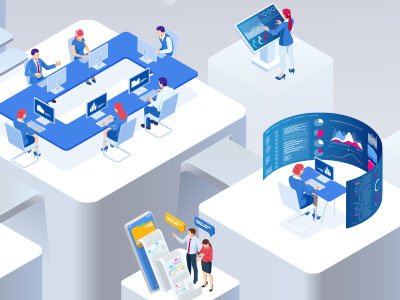For legal administrators, the stakes couldn’t be higher. Client data, whether tied to confidential business deals, intellectual property or deeply personal matters, is a digital goldmine for cybercriminals. And now, with AI giving attackers unprecedented speed, precision and scale, the threat landscape is shifting faster than ever. Law firms aren’t just defending files; they’re safeguarding client trust, reputation and in some cases, the integrity of justice itself.
The Dark Side of Generative AI
At LMG Security, we’ve conducted hands-on research into AI-assisted hacking. Underground tools like WormGPT and FraudGPT have emerged on dark web marketplaces, which we like to call “Evil AI,” as they are designed for cybercrime. These programs provide attackers with everything from pre-packaged phishing campaigns to automated code that can exploit vulnerabilities in popular software.
What’s most concerning is how quickly AI lowers the barrier to entry for cybercrime. A rookie hacker no longer needs advanced coding skills to craft ransomware or write malware; they can simply prompt an “Evil AI” system to do it for them. In testing, we’ve seen how attackers can generate tailored phishing messages that mimic a client’s style of communication — complete with accurate grammar, tone and formatting. Combined with deepfake audio or video impersonations of executives, these attacks are nearly indistinguishable from real communications.
Why Law Firms Are Prime Targets
Law firms sit at the crossroads of some of the world’s most sensitive information. A single breach can unravel mergers and acquisitions, expose intellectual property or compromise privileged communications, and this data is worth exponentially more than stolen credit cards on the black market. The danger is magnified in today’s always-connected environment where attorneys and staff rely on laptops, mobile devices and an expanding ecosystem of third-party vendors. Every vendor and every endpoint become a potential entry point.
A single breach can unravel mergers and acquisitions, expose intellectual property or compromise privileged communications, and this data is worth exponentially more than stolen credit cards on the black market.
With AI enabling attackers to probe and exploit weaknesses at lightning speed, legal administrators simply can’t afford “good enough” defenses. They must rigorously re-examine their safeguards before adversaries do it for them.
Key Risks in the Age of AI
What are today’s top risks?
- Executive Impersonation: AI-generated voice clones and deepfakes make it easier for attackers to impersonate partners, clients or regulators. What sounds like a legitimate voicemail from a client requesting immediate document access could be from a criminal.
- Accelerated Exploit Development: Attackers are using AI to scan code, identify vulnerabilities and write working exploits in record time. This means that the window between when a software vulnerability is discovered to when it is exploited has shrunk from days to hours.
- AI-Powered Social Engineering: Generative AI enables attackers to craft hyper-personalized phishing messages. They can scrape public filings, LinkedIn updates or even past email threads to create convincing communications.
- Third-Party Risks: Your security is only as strong as your weakest vendor — or their vendors. If a partner is using AI tools without strong safeguards or entering sensitive information into online AI programs, your data could be exposed.





